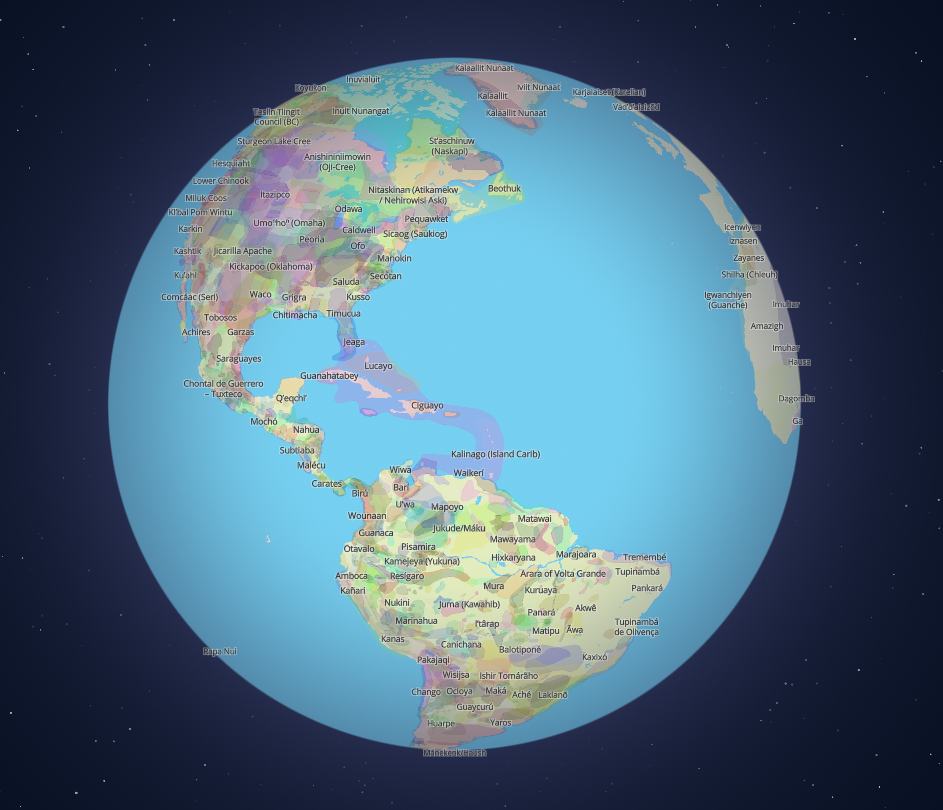A Snapshot of the History of Turtle Island
Turtle Island and the Land that is now Canada
Indigenous peoples have inhabited the land that is now Canada since time immemorial. The many Indigenous nations that lived, and continue to live on this land have unique histories and experiences that cannot be applied to Indigenous people as a whole.
Indigenous histories across the land that is now Canada highlight complex systems of governance, religion, social structures and diplomacy that were in place, long before the arrival of European colonists (Native Land Digital, 2022).
It is important to understand the vastness, diversity, and fluidity of traditional Indigenous territories and languages. Click on the image below and take some time to explore the interactive map of Indigenous languages and nations. Specifically focus on the land that is now Canada, and the regions that you inhabit. As you explore this map, think about the complexity and diversity of the many overlapping nations, cultures and worldviews represented here.
As you can see, it would be far too complex to have you explore the entirety of Indigenous histories in Canada, as this is the lengthy history of many different nations. Instead, we will focus briefly on the history of the Haudenosaunee Confederacy, as this is the nation with claims over the land that much of the Indigenous Workways project works upon.
The Haudenosaunee Confederacy
Take some time to learn about the Haudenosaunee Confederacy and their long history on the land the University of Waterloo and Conestoga College now inhabit.
After reviewing this material, it is important to remember that there are many other Indigenous nations, all of which have unique and important histories. I encourage you to conduct your own research on the histories of the nations from the land where you are from, or where you currently live.


